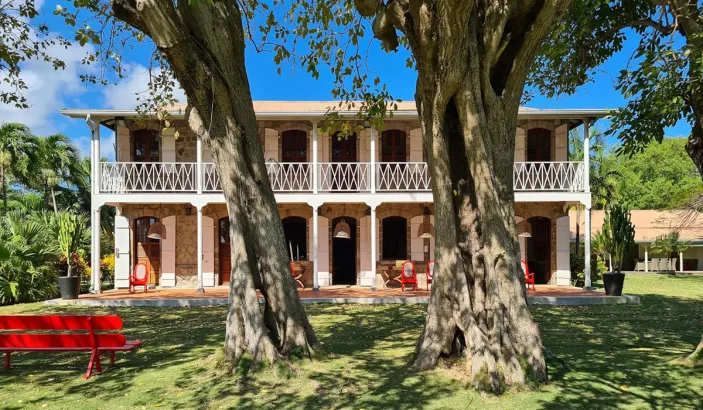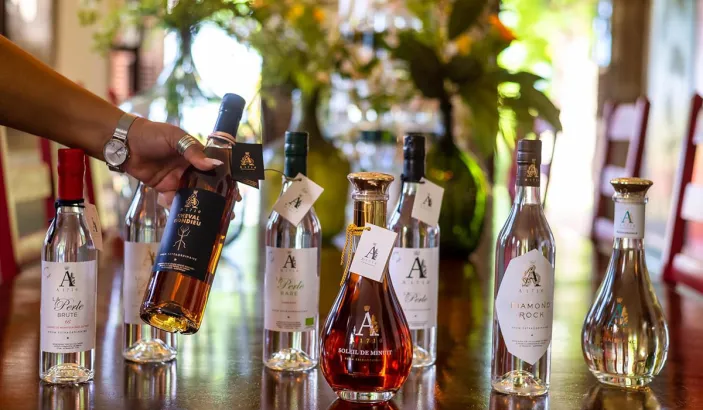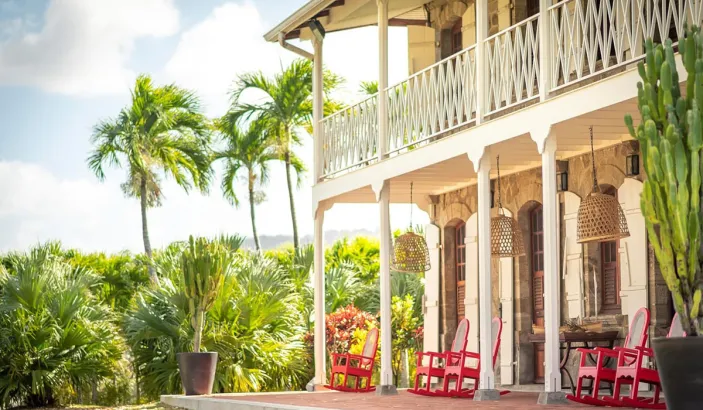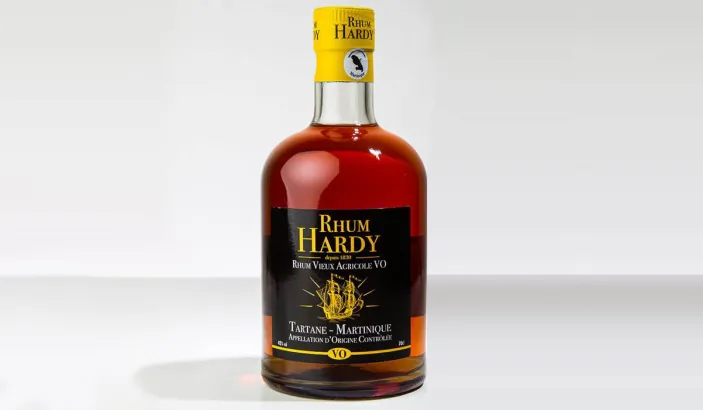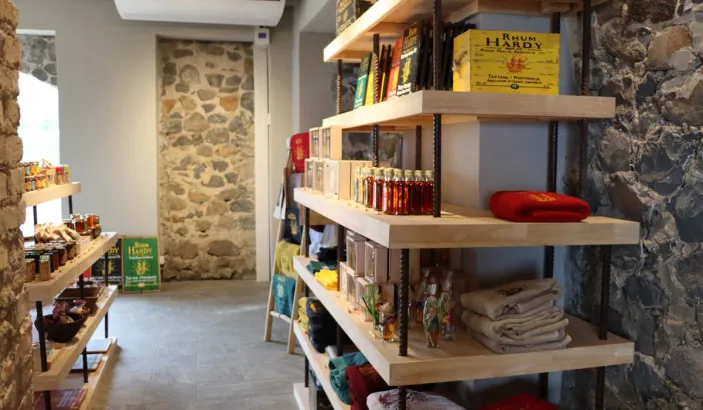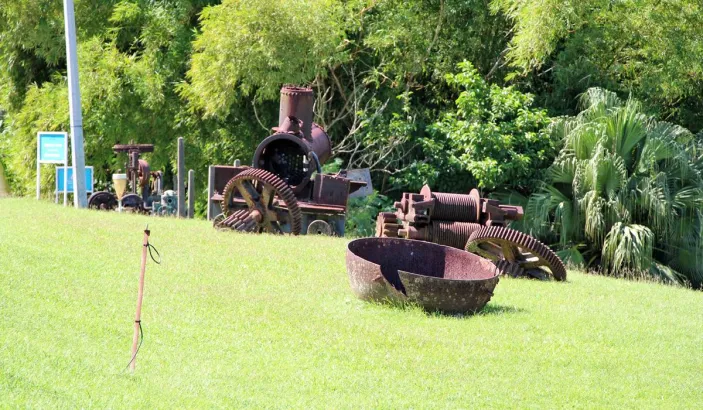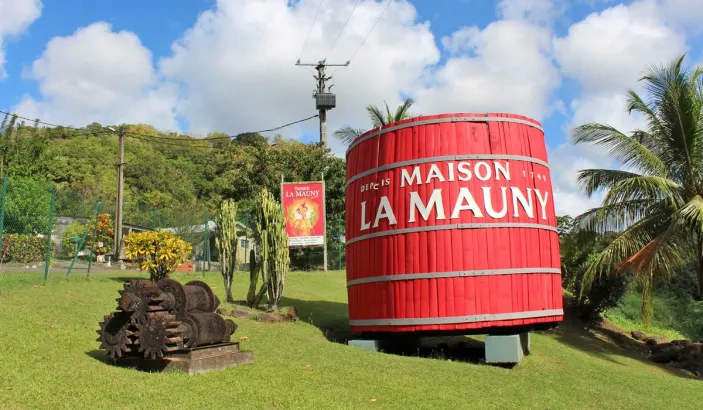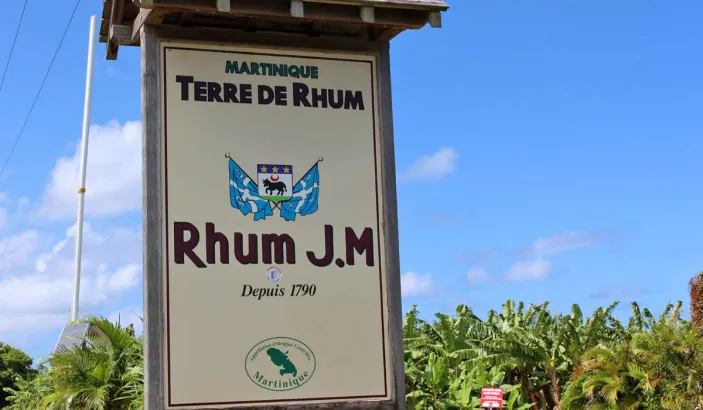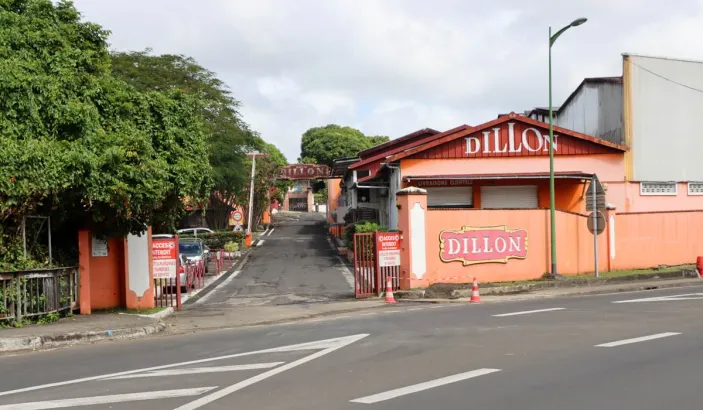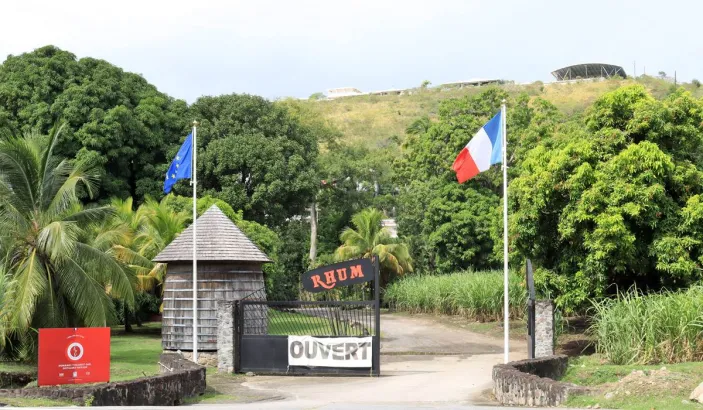Habitation du Simon
The Domaine l'Habitation du Simon is located between Le François and Le Vauclin in the heart of a sugar cane plantation. It is an 18th-century building that still lives to the rhythm of harvests and rum production.
A1710 rum is produced on site. You might think that 1710 is the year this rum was born, but that's not the case. It's the latest brand to arrive in Martinique, and its rum was only launched in 2016!
In 2006, Yves Assier de Pompignan embarked on an ambitious project: to create a new rum distillery imbued with the history and richness of the Caribbean terroir. With the help of a determined and passionate team, he took over the Habitation du Simon to set up his rum brand.
In 2010, the decision was made to launch the project, and work began on selecting the fine aged rums to be used in the blends. An aging cellar previously used for cognac production was introduced, and a laboratory was set up at the Habitation. The first selections of rums, then aged between 6 and 11 years, were put back into French oak barrels of 320 liters for further aging.
At the same time, with the aim of setting up an innovative, high-quality, traditional distillery, they opted for a Charentais still made entirely of copper, complete with a 7-plate column and temperature-controlled fermentation vats allowing for long fermentation periods in order to obtain rums with strong aromatic potential.
After several years of setting everything up and completing the administrative procedures, De Pompignan and his team obtained authorization to open their distillery for the production of agricultural rums, the last rum distillery founded in Martinique.
Work began on the rum distillery, which was set up in an old 18th-century purgerie (a type of distillery) in the heart of the estate. The house was also refurbished to accommodate visits and tastings.
The new A1710 distillery was inaugurated in 2016 at Habitation du Simon.
In 2023, a second still, almost identical to the first one installed in 2015, was introduced. It allows us to push even further in our quest for aromatic excellence and quality in A1710 rums. The cane wine will therefore continue its ritual of double distillation.
List of A1710 rums:
- White rums
- Aged rums
- Limited editions
- Organic rums
- Rums aged in wood


